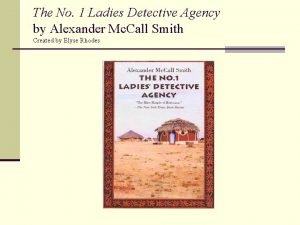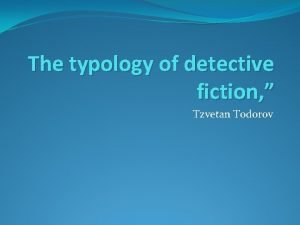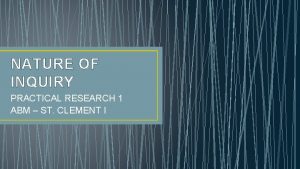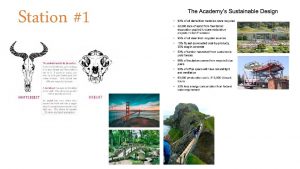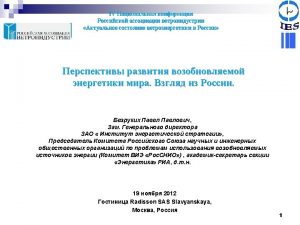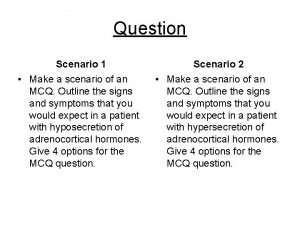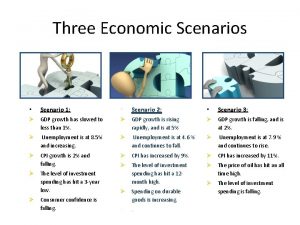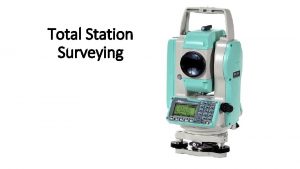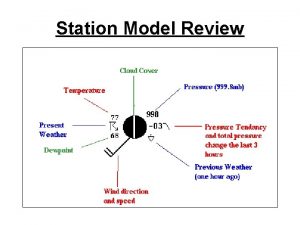Design Detective Analyze each scenario at each station







- Slides: 7

Design Detective Analyze each scenario at each station. Identify the variables: Independent variable, Dependent variable and Constants, and write a hypothesis

Scenario 1: Compost and Bean Plants After studying about recycling, members of John’s biology class investigated the effect of various recycled products on plant growth. John’s lab group compared the effect of different aged grass compost on bean plants. Because of decomposition is necessary for release of nutrients, the group hypothesized that older grass compost would produce taller bean plants. Three flats of bean plants (25 plants per flat) were grown for five days. The plants were then fertilized as follows: (a) Flat A: 450 grams of 3 month-old compost, (b) Flat B: 450 grams of 6 -month-old compost, (c) Flat C: 0 grams of compost. The plants received the same amount of sunlight and water each day. At the end of 30 days the group recorded the height of the plants (cm).

Scenario 1: Compost and Bean Plants What is composting? Composting is Nature’s way of recycling and is one of the best and easiest things you can do to reduce waste and grow healthy and sustainable garden or houseplants. Amount of compost Average height of plants 0 grams of compost 4 cm 450 g of 3 month old compost 6. 5 cm 450 g of 6 month old compost 8 cm

Scenario 2: Fossils and Cliff Depth Susan observed that different kinds and amounts of fossils were present in a cliff behind her house. She wondered if changes in fossil content occurred from the top to the bottom of the bank. She marked the bank at five positions: 5, 10, 15, 20, and 25 meters from the surface. She removed on bucket of soil from each of the positions and determined the kind and number of fossils in each sample.

Scenario 2: Fossils and Cliff Depth of soil sample Count of fossils found in sample 5 m 2 10 m 10 15 m 3 20 m 1 25 m 4 5 m→ 10 m→ 15 m→ 20 m→ 25 m--> Fossil: An animal or plant that lived many thousands of years ago and that has been preserved or the shape of one of these animals or plants that has been preserved in rock. Examples of small fossils

Scenario 3: Aloe vera and Planaria Jackie read that Aloe vera promoted healing of burned tissue. She decided to investigate the effect of varying amounts of Aloe vera on the regeneration of planaria. She bisected the planaria to obtain 10 parts (5 heads and 5 tails) for each experimental group. Fifteen milliliters of Aloe vera solutions were applied. All planaria were maintained in a growth chamber with identical food temperature, and humidity. On day 15, Jackie observed the regeneration of the planaria parts and categorized development as full, partial and none.

Scenario 3: Aloe Vera and Planaria: A widow on regeneration We humans prefer to avoid getting our limbs cut off. Once your arm is gone, that’s it. But life is different as a planaria. Lose a leg? Grow a new one. The same thing happens for starfish, lobsters, and surprising number of other animals. Snails can even regrow their heads- imagine what the world would be like if humans could do that. Planarian- mostly free-living flatworms. Bisect- to divide something into two equal parts. Concentration of Aloe Vera Count of regenerated Planaria 0% 2 10% 5 20% 7 30% 3 Aloe Vera Plant
